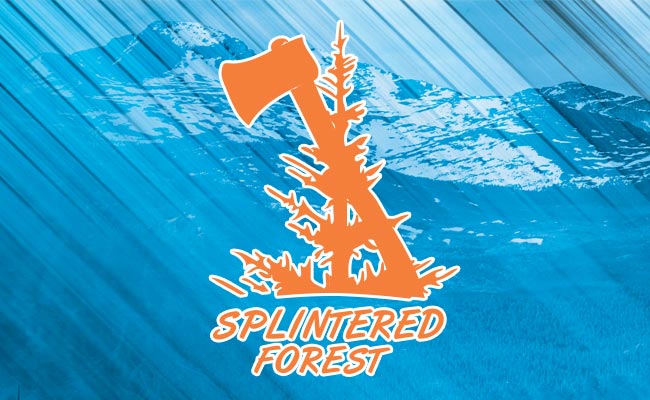There are a lot of terms used by professionals in the fire mitigation industry. Words like defensible space, crown spacing, slash and ladder fuels. We understand that it can get very confusing when someone tells you that you need to remove all the duff and take up your ladder fuels ten feet. We have put together a list of useful fire mitigation terminology to help.
- Crown – The top portion of a tree
- Crown Spacing – The distance between two trees at the widest point of their foliage
- Defensible Space – Natural and landscaped area around a home or other structure that has been modified to reduce fire hazard
- Duff – Decomposing layers of pine needles, twigs and other organic debris due to decades of fire suppression
- Fire Mitigation – Use of land management to reduce the fire risk to residential and commercial areas
- Fuels – Fuels include vegetation such as trees, brush and grass. Fuels near homes include wood piles, propane tanks, sheds and even homes themselves
- Fuelbreaks – An area in which fuel density is reduced to help improve fire control opportunities
- Home Ignition Zone – A concept that includes both the quality of the defensible space and a structure’s ignitability
- Ladder Fuels – Smaller trees and brush that provide vertical continuity, which allows a fire to burn from the ground level up into the branches and crowns of larger trees
- Pruning – Selective removal of parts of the tree or bush
- Selective Tree Thinning – Carefully choosing which trees need to be removed in a densely forested area to promote biodiversity among tree species
- Slash – Branches, bushes, small trees and other natural debris
- Surface Fuels – Naturally occurring woody material on the ground and debris from cutting down trees (commonly known as slash) which may increase the intensity of a fire
- Wildland-Urban Interface (WUI) – Any area where structures and other human developments meet or intermingle with wildland vegetative fuels
- Windthrow – Trees uprooted or broken by wind
- Zone 1 – The area nearest the home and other structures. The width of this zone extends a minimum of 15-30 feet outward from a structure, depending on the property size. This zone requires the most hazard reduction.
- Zone 2 – A transitional area of fuel reduction between Zones 1 and 3. The width of this zone depends on the slope of the ground where the structure is built. Typically, the defensible space in this zone should extend at least 100 feet from all structures.
- Zone 3 – The area furthest from your home. It extends from the edge of Zone 2 to your property boundaries so there is no specified width.

